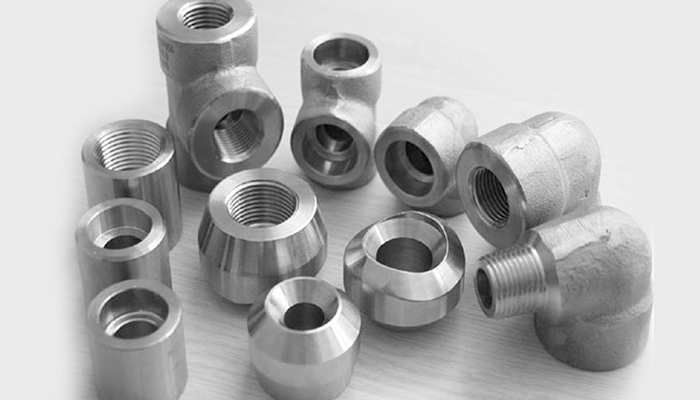
Duplex Stainless Steel are called “Duplex” because they have a two-phase microstructure consisting of grains of ferritic and austenitic stainless steel. When duplex stainless steel is melted it solidifies from the liquid phase to a completely ferritic structure. As the material cools to room temperature, about half of the ferritic grains transform to austenitic grains (“islands”). The result is a microstructure of roughly 50% austenite and 50% ferrite.
The duplex structure gives this family of stainless steels a combination of attractive properties:
| Chemical Element | % Present |
|---|---|
| Carbon (C) | 0.0 – 0.03 |
| Chromium (Cr) | 21.00 – 23.00 |
| Manganese (Mn) | 0.0 – 2.00 |
| Silicon (Si) | 0.0 – 1.00 |
| Phosphorous (P) | 0.0 – 0.03 |
| Sulphur (S) | 0.0 – 0.02 |
| Nickel (Ni) | 4.50 – 6.50 |
| Nitrogen (N) | 0.10 – 0.22 |
| Molybdenum (Mo) | 2.50 – 3.50 |
| Iron (Fe) | Balance |
Strength:
Duplex stainless steel are about twice as strong as regular austenitic or ferritic stainless steels.
Toughness and ductility:
Duplex stainless steel have significantly better toughness and ductility than ferritic grades; however, they do not reach the excellent values of austenitic grades.
Corrosion resistance:
As with all stainless steel, corrosion resistance depends mostly on the composition of the stainless steel. For chloride pitting and crevice corrosion resistance, their chromium, molybdenum and nitrogen content are most important. Duplex stainless steel grades have a range of corrosion resistance, similar to the range for austenitic stainless steels, i.e from Type 304 or 316 (e.g. LDX 2101©) to 6% molybdenum (e.g. SAF 2507©) stainless steels.
Stress corrosion cracking resistance :
Duplex stainless steels show very good stress corrosion cracking (SCC) resistance, a property they have “inherited” from the ferritic side. SCC can be a problem under certain circumstances (chlorides, humidity, elevated temperature) for standard austenitics such as Types 304 and 316.